Cats, whether petite and perched on our laps or wandering majestically in the wild, are fascinating creatures. While all felines share certain characteristics, domestic cats (Felis catus) and big cats (like lions, tigers, and leopards) have evolved distinct modes of communication. In this article, we will explore the five key ways domestic cats communicate differently than big cats, offering insight into their unique social structures, habitats, and lifestyles.
Vocal Communication: Meows vs. Roars
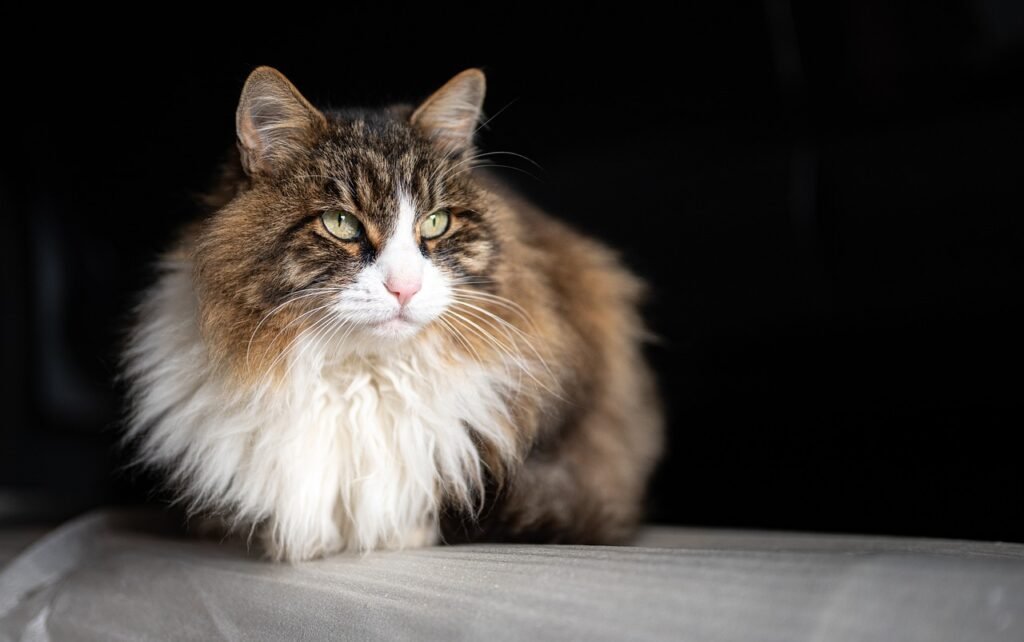
The most noticeable difference in communication between domestic cats and big cats is their vocalization. Domestic cats are well-known for their meows, a sound not commonly used by big cats. Meowing is primarily a tool for interacting with humans rather than with other cats. On the other hand, big cats, such as lions and tigers, do not meow but instead rely on roaring or other deep-throated sounds to communicate over long distances and establish territories. The frequency of these sounds corresponds to their different social needs and environments.
Social Structure and Its Impact on Communication
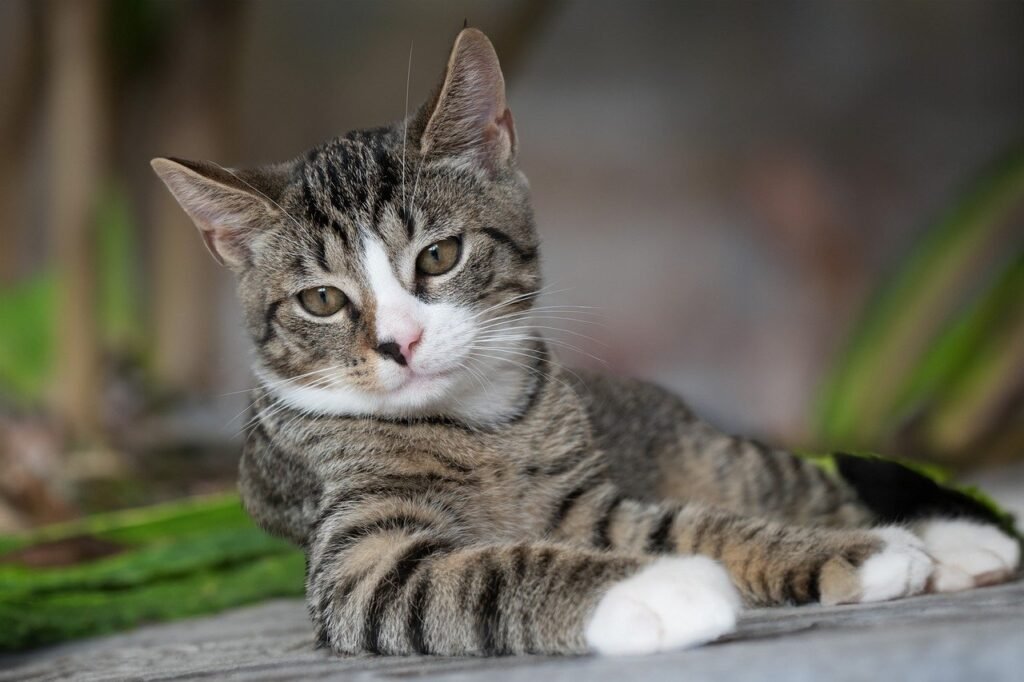
Domestic cats are generally solitary creatures with highly flexible social structures. They use a complex web of communication cues, including meows, purrs, and body language, to navigate interactions with humans and other animals. Conversely, big cats exhibit a range of social structures; for example, lions are highly social and live in prides, necessitating more robust communication skills such as roaring to maintain group cohesion. This difference in social structures significantly influences how these animals communicate.
Territorial Marking: Scent and Scratching
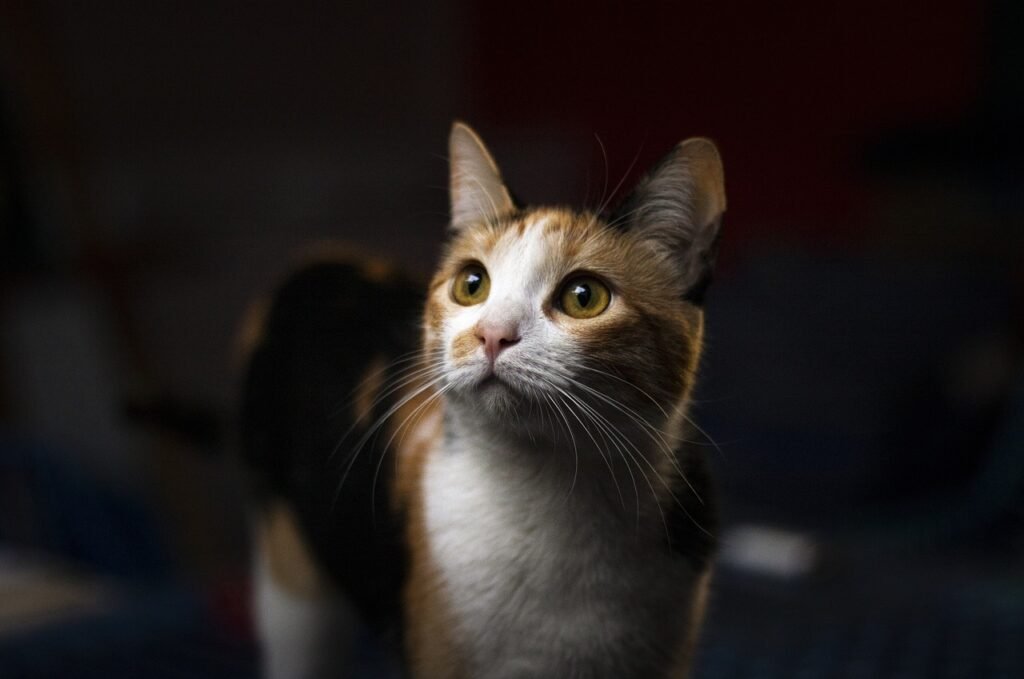
While both domestic cats and big cats use scent marking to communicate, the techniques and frequency differ. Domestic cats have a variety of glands located on their faces, feet, and bodies to mark objects and establish territory. They often utilize furniture scratching and walking along familiar paths to deposit scents quietly. Big cats, however, mark their large territories overtly by spraying urine or using strong-smelling scent glands to ensure that other animals notice their presence. This more dominant and conspicuous form of marking is crucial for maintaining large territories.
Body Language: Tail and Ear Signals
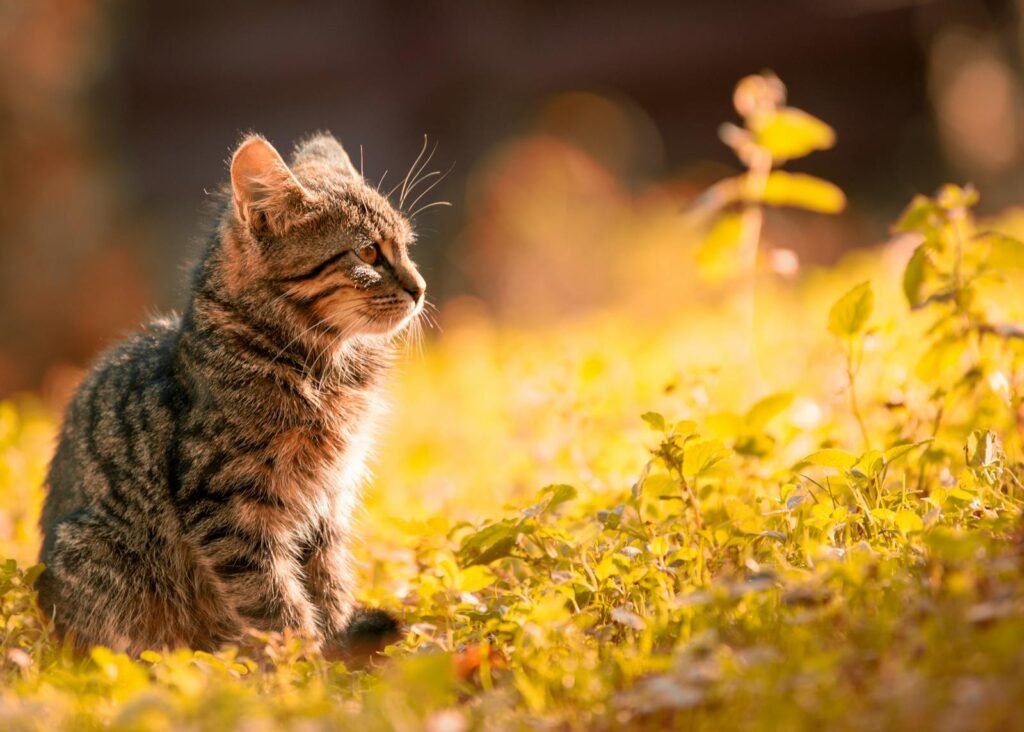
Both domestic cats and big cats rely heavily on body language to communicate their feelings and intentions. However, the meanings behind certain cues can vary. For example, a domestic cat swishing its tail might be indicating mild annoyance or playfulness, while a big cat doing the same could be signaling aggression or readiness to hunt. Similarly, ear positions can indicate different emotional states; in domestic cats, flattened ears usually mean fear or aggression, whereas, for big cats, this might indicate preparedness for a threat.
Facial Expressions and Eye Contact
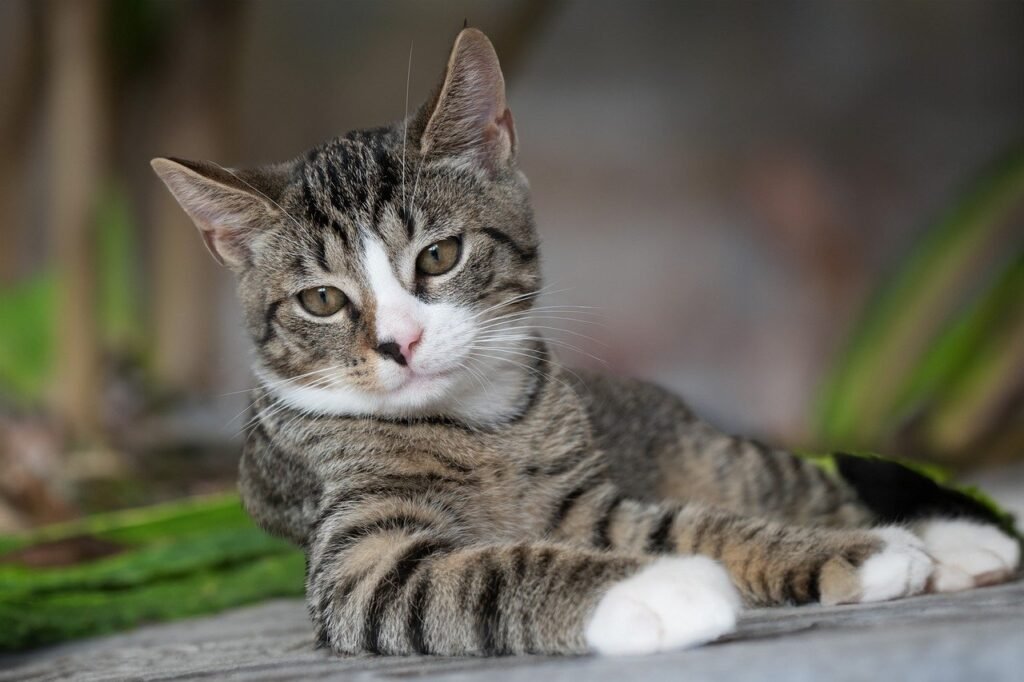
Facial expressions and eye contact serve as powerful communication tools, yet their interpretations can differ between domestic and big cats. Domestic cats often use slow blinking to signal contentment and trust, a gesture understood by both feline companions and humans. In the case of big cats, direct eye contact can be seen as a threat, especially in the wild where establishing hierarchy or defense is crucial. Each species has adapted its use of facial cues to best suit their environment and interactions.
Purring: Beyond Contentment
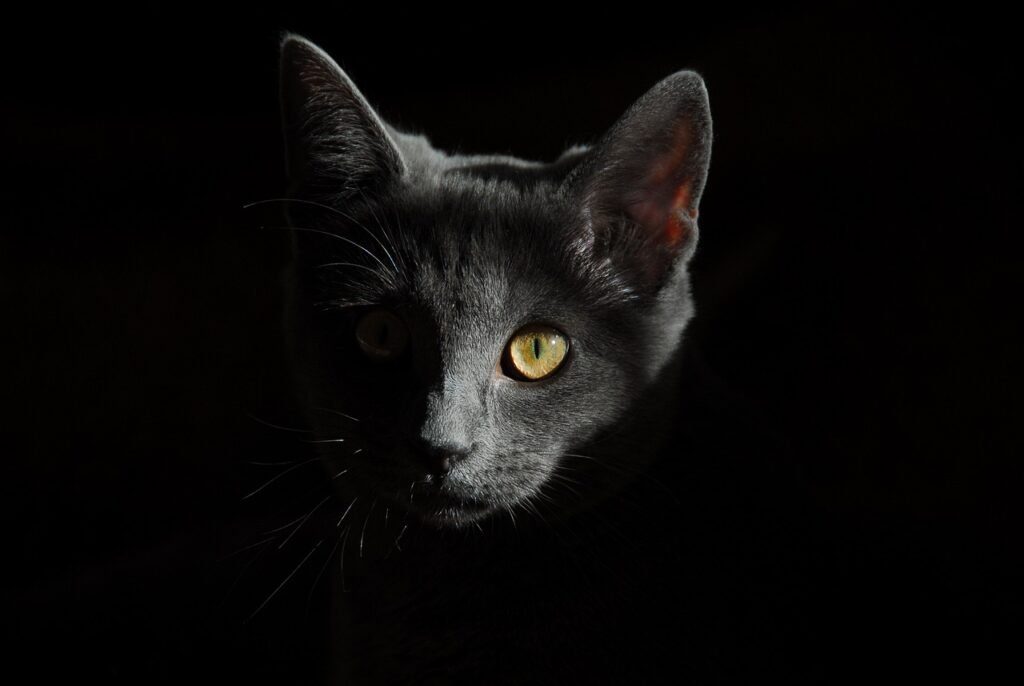
While purring is typically associated with a domestic cat expressing comfort or happiness, the function of purring in big cats can differ. Interestingly, not all big cats can purr. Of those that can, such as cheetahs and cougars, purring is more often related to non-threatening social interactions among family members or a sign of submission. In both cases, purring has deep evolutionary roots, serving various communicative purposes beyond just expressing contentment.
Tactile Communication: Grooming and Rubbing
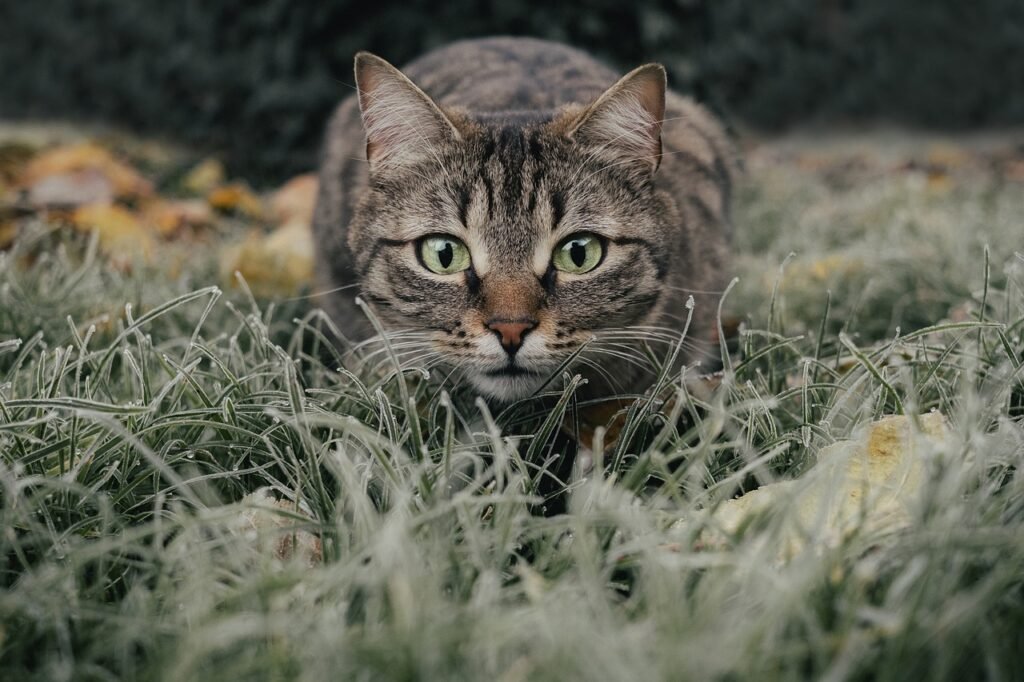
Domestic cats are known for their grooming behaviors, both for maintaining hygiene and for social bonding. Mutual grooming, or allogrooming, is less common in solitary big cats but is frequently observed in social species like lions. This behavior plays an essential role in maintaining social structures. Additionally, domestic cats often rub their heads against humans and other animals, depositing scent to mark territory and show affection. In big cats, this behavior solidifies social relationships within prides or familial groups.
The Role of Environment in Communication Styles
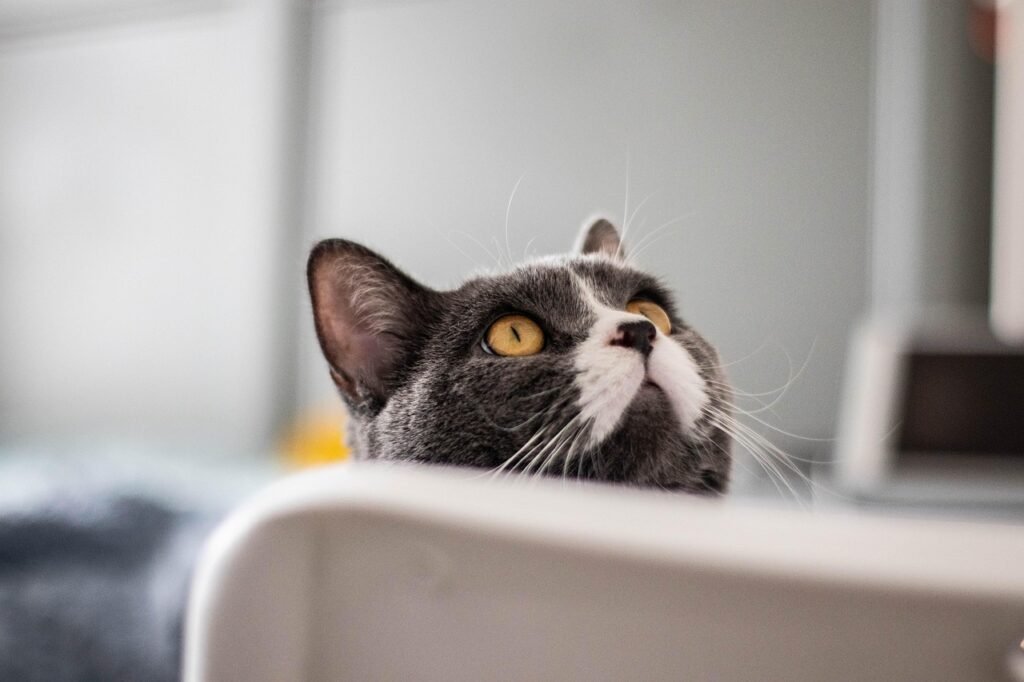
The environment plays a crucial role in shaping how domestic and big cats communicate. Domestic cats have adapted to human environments, where vocalization is effective for capturing human attention and resources. Meanwhile, big cats communicate over larger territories where vocalizations, scent marking, and body language are key to survival. Understanding these differences underscores the adaptability of feline communication to distinct contexts and necessities.
Learning from Each Other: Domestic and Wild Interactions
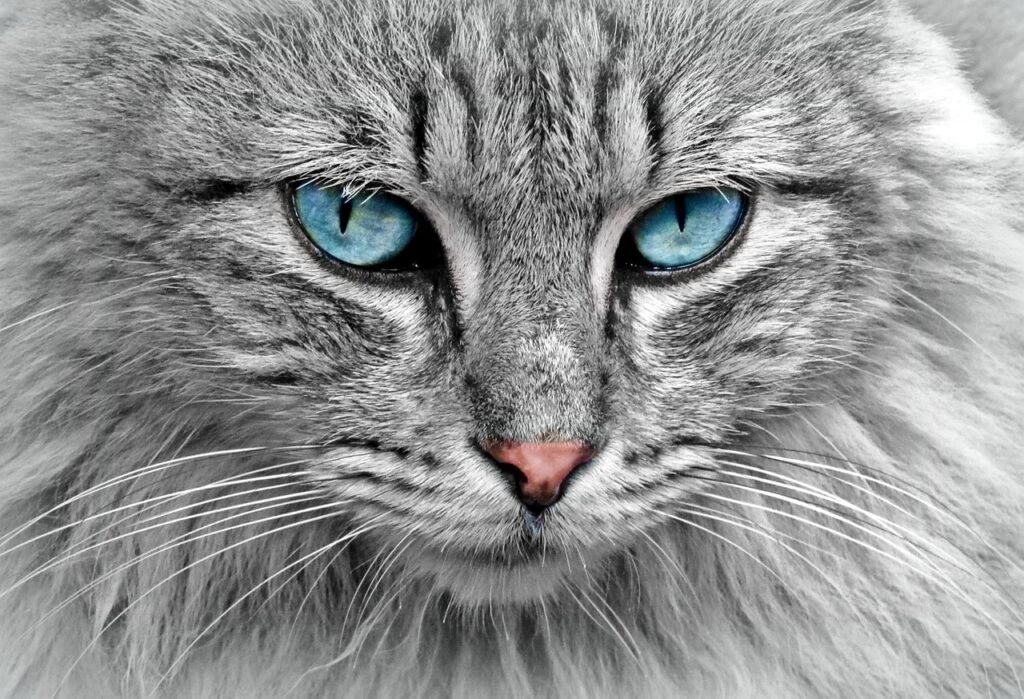
Though domestic cats and big cats do not typically interact, observing their communication styles can provide insights into the evolution of feline behavior. Studifying domestic cats helps researchers learn about the early domestication of animals, while understanding big cats offers lessons in wildlife conservation and ecosystem dynamics. As we delve deeper into these distinct worlds, the knowledge gains can be symbiotic, benefiting both domestic living and wildlife preservation efforts.
Conclusion
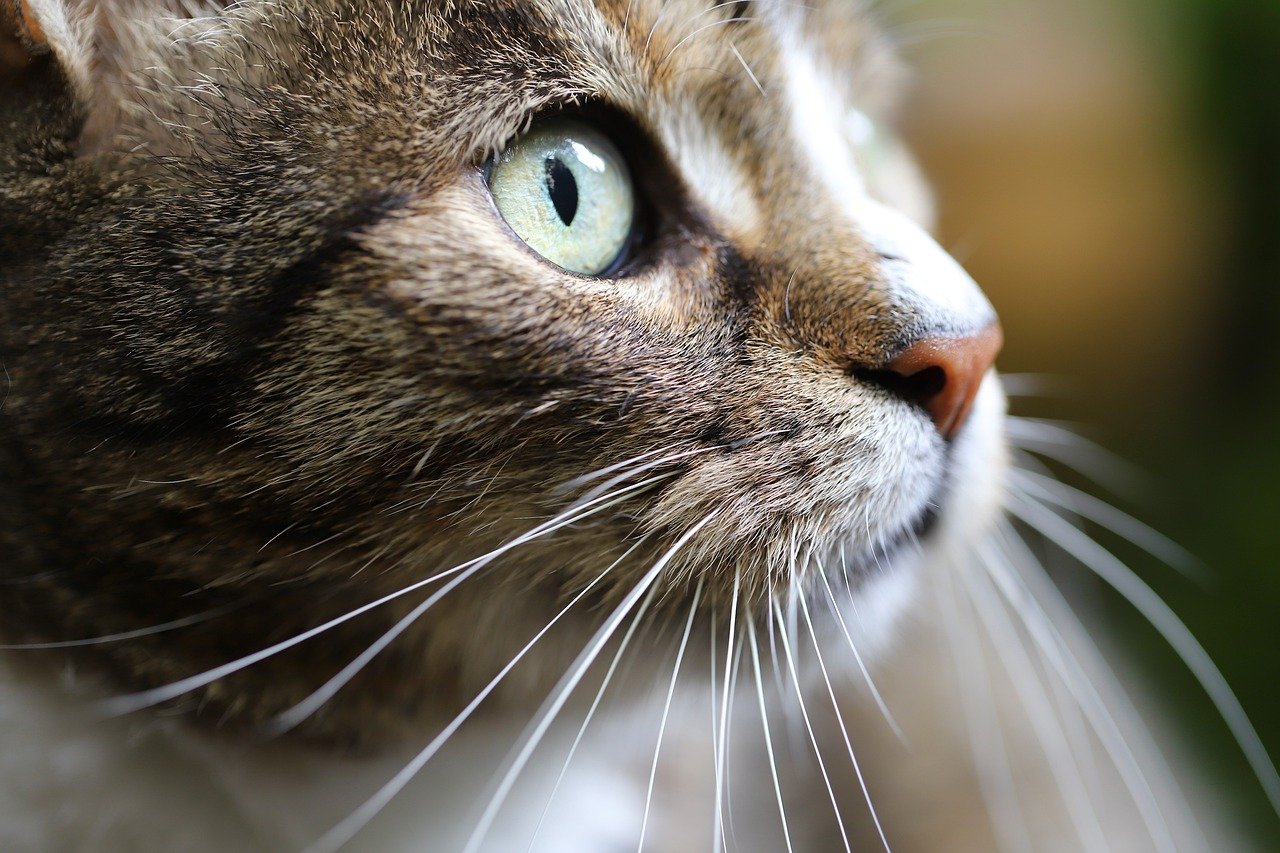
Photo by Nennieinszweidrei via pixabay
In conclusion, while domestic cats and big cats share the same evolutionary lineage, they have developed distinctly different communication methods. These differences have been forged by thousands of years of adaptation to varied environments, social structures, and interactions with human beings. Whether through meows, roars, body language, or scent marking, both domestic and big cats continue to captivate us with their extraordinary ability to communicate in ways that are uniquely suited to their way of life.
Hi, I’m Bola, a passionate writer and creative strategist with a knack for crafting compelling content that educates, inspires, and connects. Over the years, I’ve honed my skills across various writing fields, including content creation, copywriting, online course development, and video scriptwriting.
When I’m not at my desk, you’ll find me exploring new ideas, reading books, or brainstorming creative ways to solve challenges. I believe that words have the power to transform, and I’m here to help you leverage that power for success.
Thanks for stopping by, Keep coming to this website to checkout new articles form me. You’d always love it!






